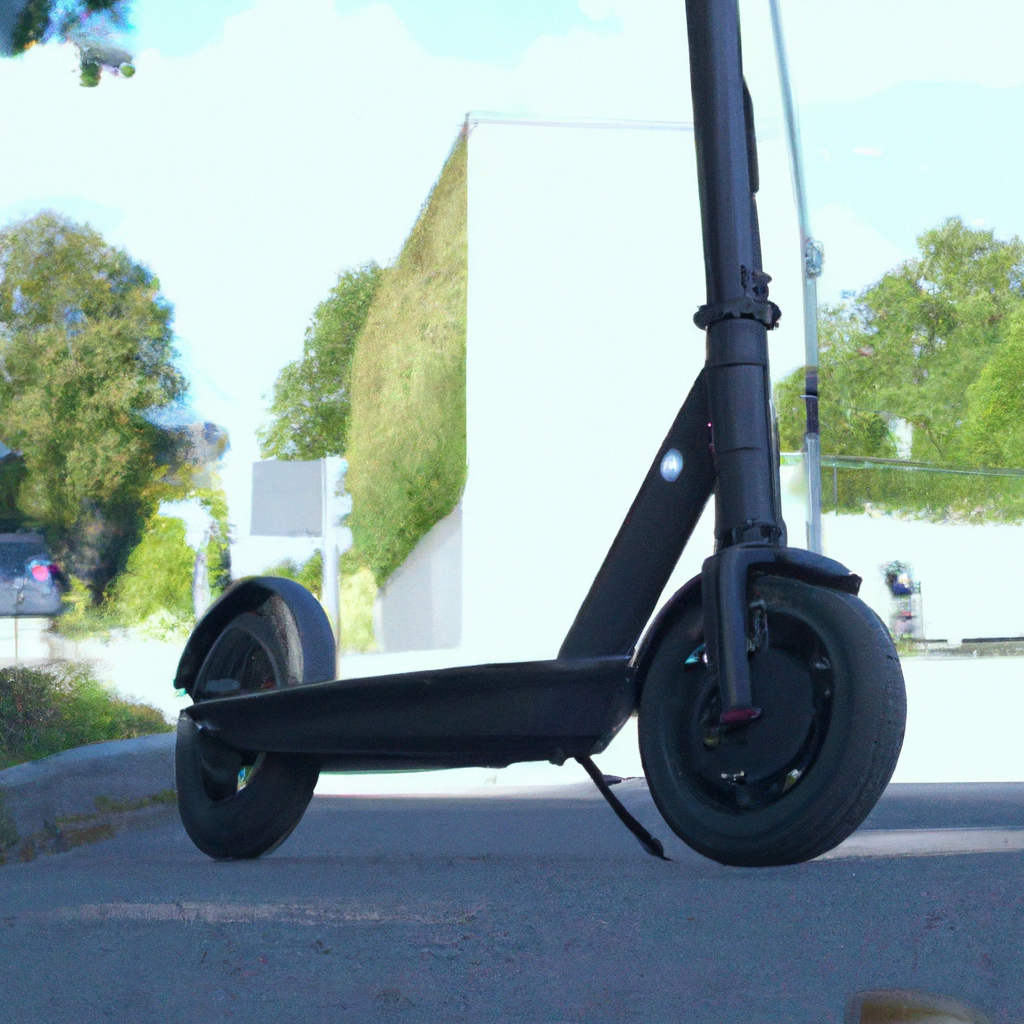Electric scooters have become increasingly popular in recent years as a form of eco-friendly transportation. These motorized scooters are powered by electricity and provide a convenient and efficient mode of transportation for short distances. But how does an electric scooter work? In this article, we will take a closer look at the components and mechanisms that make up an electric scooter and explain how it works.
The basics of how an electric scooter works
At its core, an electric scooter is powered by an electric motor that runs on a rechargeable battery. When the battery is fully charged, the scooter can travel for a certain distance before requiring a recharge. The motor is connected to the rear wheel of the scooter, which propels the scooter forward when the throttle is engaged.
The throttle on an electric scooter works similarly to how it would on a traditional gas-powered scooter. When the rider twists the throttle, it sends a signal to the motor to turn on and start moving the scooter. The faster the rider twists the throttle, the faster the scooter will go. The speed of an electric scooter is typically limited to a certain maximum speed, which varies depending on the model.
Electric scooters also have a braking system that allows the rider to slow down or come to a complete stop. The most common type of braking system found on electric scooters is a disc brake, which works by compressing a disc rotor with a caliper. When the brake lever is pulled, the caliper clamps down on the rotor, slowing down the scooter. Some electric scooters also have regenerative braking, which converts the kinetic energy of the scooter into electrical energy that is stored in the battery when the brakes are applied.
Components of an electric scooter
To understand how an electric scooter works, it is necessary to know the primary components that make up the scooter. These components include:
Battery: The battery is the power source for the electric motor. It stores energy that is used to power the motor and propel the scooter forward. The battery is typically made up of lithium-ion cells that can be recharged using a standard electrical outlet.
Motor: The motor is responsible for turning the energy stored in the battery into mechanical energy that propels the scooter forward. The motor is connected to the rear wheel of the scooter and is controlled by the throttle.
Controller: The controller is the brain of the electric scooter. It regulates the flow of energy from the battery to the motor and controls the speed of the scooter. The controller also manages the regenerative braking system and other safety features of the scooter.
Charger: The charger is used to recharge the battery when it runs out of power. It typically takes a few hours to fully recharge the battery, depending on the size of the battery and the power of the charger.
How to ride an electric scooter
Riding an electric scooter is easy and straightforward. To ride an electric scooter, you first need to turn on the scooter and make sure the battery is charged. Once the scooter is turned on, you can step onto the platform with one foot and push off with the other foot to start moving. Once you are moving, you can twist the throttle to increase your speed. To slow down or stop, simply apply the brakes using the brake lever.
Conclusion
Electric scooters are a great form of eco-friendly transportation that are becoming increasingly popular. They work by using a rechargeable battery to power an electric motor that propels the scooter forward. The speed of the scooter is controlled by the throttle, and the braking system allows the rider to slow down or come to a complete stop. Understanding how an electric scooter works is important for anyone who wants to use this convenient and efficient mode of transportation.







